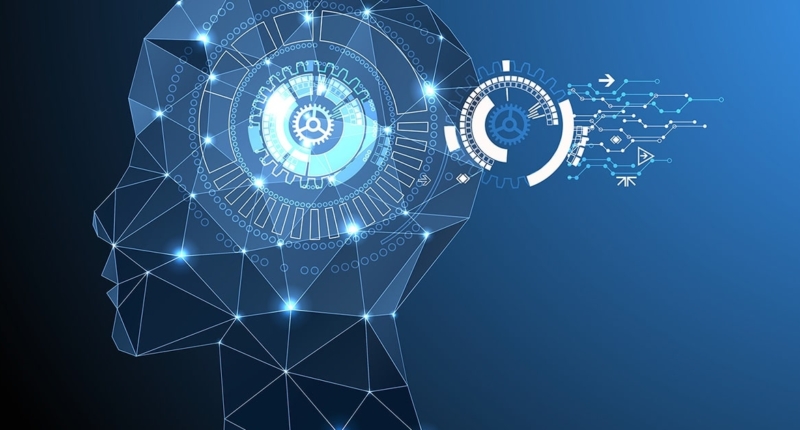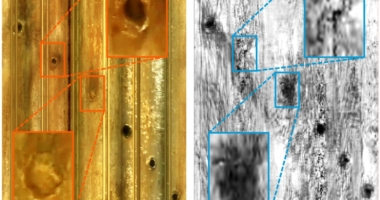AI technology has the potential to revolutionize the design industry by improving efficiency, boosting creativity, and creating individualized experiences for consumers. AI-generated designs are commonly found on the web, especially on platforms like Instagram and Pinterest. While AI has its limitations, it can help designers create stunning designs for their customers based on their specific preferences and behaviors. AI can also analyze user behavior and provide actionable insights into areas for improvement in their work. However, AI-generated designs may not always be human-centered, limiting an individual’s ability to fully influence the design process. As the technology continues to evolve, we can expect to see more tools that allow for greater control over the creation of visual assets. While it is hard to predict exactly how AI will affect the design industry, it is expected to lead to the development of new jobs in fields such as data analysis and artificial intelligence.
The Potential of AI in Design
Artificial Intelligence (AI) technology has the potential to transform the immense process of design, as it can help automate repeated actions and improve the designer’s efficiency by allowing them to focus on creative designs. AI can also help enhance the creativity of the designers by providing recommendations based on data collected from various sources. AI-generated designs are commonly found on the web, especially on Instagram and Pinterest, where designers can create images with a string of text describing the subject matter.
How AI Helps Humans Transform Design
AI can help designers create stunning designs for their customers based on their specific preferences and behaviors. For instance, a business site can use AI to suggest a good product and display designs according to browsing history and past purchases. AI can also analyze user behavior and give designers actionable insights into areas for improvement in their work.
What AI can do:
-
Create more ergonomic interfaces and be user-friendly, which can automate the testing and optimization of designs, helping to find issues and fix them immediately.
-
Greatly affect the designer’s industry by boosting creativity, improving efficiency, and creating individualized experiences for consumers.
The design tools that one uses can have a massive impact on creativity and the learning curve. If one spends a lot of time learning how to use a tool, it may not be possible to focus on creative ideas. Additionally, if the tool is very complicated, it can be difficult to implement ideas.
Mastering a skill like design will take a lot of practice, and it may take a few years to produce great work. However, with the help of AI, designers can streamline their workflow, automate repetitive tasks, and focus on their creativity, making the design process faster and more efficient.
The question remains: will humans replace UX designers by using AI in the design industry? Only time will tell, but AI has the potential to transform the design industry, making it more efficient, creative, and personalized for consumers.
The Limitations of AI in Design
While AI technology has the potential to streamline the design process and improve efficiency, it has its limitations. Even for creative individuals, it can be challenging to seamlessly integrate ideas into a solution, as it takes a lot of energy and time to visualize and develop a concept. Additionally, it can be frustrating to see that design efforts are not resonating with viewers.
It is generally allowed to take credit for works created by AI, but this may not always be possible due to different factors, such as laws and software terms of use. However, if one has contributed significantly to developing the artwork, they may be considered the author. If the AI created the artwork without the individual’s help or involvement, they cannot take credit for it.
One limitation of AI tools is that the final result is usually not as human-centered as it needs to be, which limits the individual’s ability to fully influence the design process. However, in the future, we can expect to see more tools that allow for greater control over the creation of visual assets.
AI’s Impact on the Design Industry
While it is hard to predict exactly how AI will affect the design industry, it is expected to lead to the development of new jobs in fields such as data analysis and artificial intelligence. AI can also affect an individual’s work depending on their industry, skills, and the actions they perform.
Overall, while AI has its limitations, it has the potential to revolutionize the design industry by improving efficiency, boosting creativity, and creating individualized experiences for consumers. As the technology continues to evolve, we can expect to see more tools that allow for greater control over the design process, ultimately leading to more stunning and effective design work.
Don’t miss interesting posts on Famousbio










